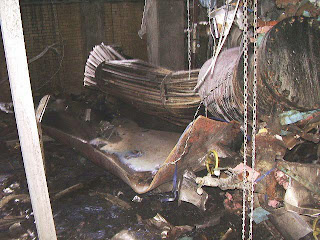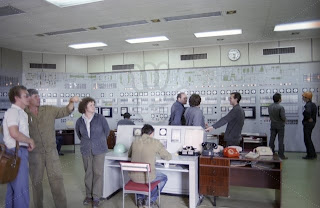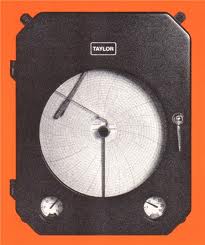The Buncefield incident in 2005 was a wake up call for the industry. A lot of assumptions that were in vogue till then in QRA were overturned. Henry Troth has made a good presentation of the incident mentioning the following:
- "Take a critical look at your Safeguards, your Prevention and Mitigation Layers – they may not be as effective as you need
- Tanks should have overfill lines from HHH down to ground level to reduce splashing and vaporizing overflowing fuelTank
- Overfill Protection should be SIL rated and proven in use
- Retrofit water curtains on closely spaced tanks
- Fire Pump House should not be a source of ignition (classified area)
- Store portable fire fighting equipment and foam in a ‘safe’ place -stationary equipment usually gets knocked out.
- Remember – you must keep all Safeguards working as well as the SIS layer(s) – otherwise you are exposed
- Is a spill all you need to worry about (what could possibly go wrong)?
- Consider consequences carefully – What will you do if the unthinkable happens?"



